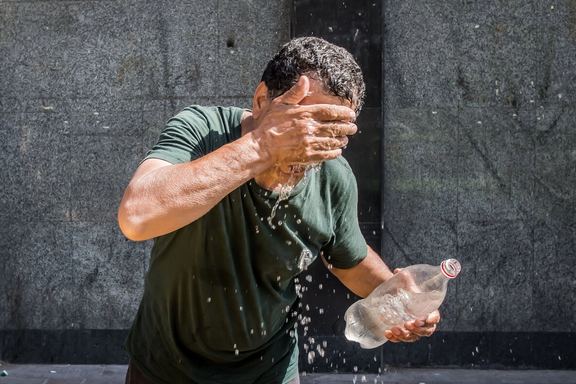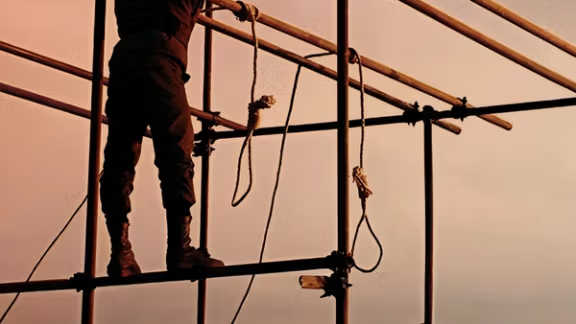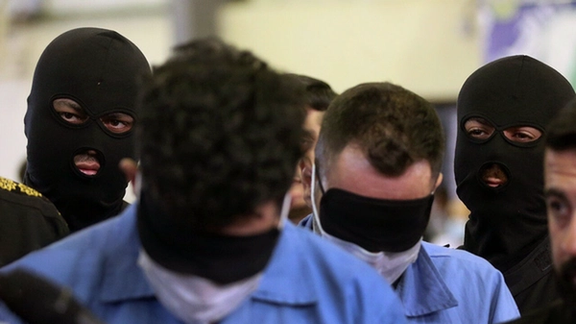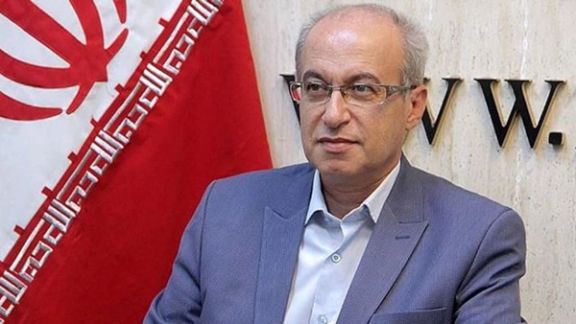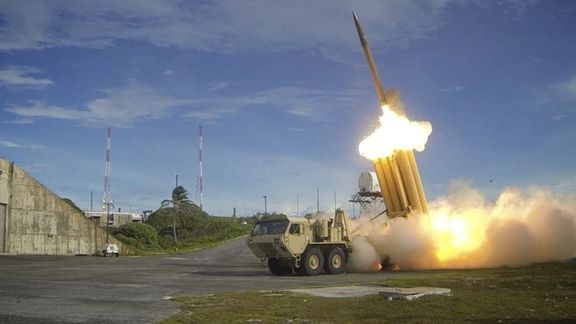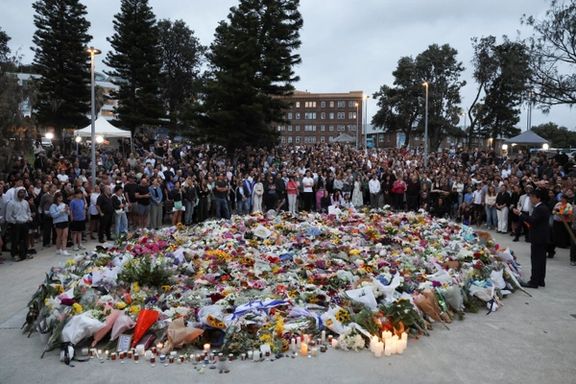The move effectively creates a three-day weekend aimed at curbing the strain on water and energy systems during peak heat.
But residents across the country told Iran International's submissions line that the measure triggered mass departures from major cities, relocating rather than reducing consumption.
Iranian government spokeswoman Fatemeh Mohajerani has framed the weekly closures as an opportunity for the Iranian people to rest and take vacations following the 12-day war with Israel.
“Not only has there been no positive effect,” wrote one resident of northern Iran, “it’s made things worse. Tehran residents rush north or to nearby towns (for vacation), and now we suffer power cuts and water shortages too.”
Iran International asked its audience whether the closure had improved water availability in their regions. Dozens of respondents from Tehran, Mashhad, Qazvin, Bushehr and beyond described worsening outages and mounting utility costs.
“Before these holidays, we never had water cuts. Now it’s happening several times a day,” said one resident of Mashhad in the northeast. Others blamed the government for unequal access.
An audience in western Tehran said that in their neighborhood, which is home to personnel belonging to Iran's Revolutionary Guards, “we haven’t had a single water cut,” while surrounding districts faced regular disruption.
Reservoirs near historic lows
Four of the five reservoirs supplying the capital are nearly empty, with only 13% of capacity remaining, Tehran Governor Mohammad Sadegh Motamedian said on Wednesday.
“About 13% is the current fill level of the four main reservoirs, meaning that 87% of the reservoir responsible for supplying drinking water to Tehran are empty.”
More than 60% of the city’s water now comes from depleted groundwater—double the rate of a decade ago.
Motamedian attributed Tehran’s outsized demand to population density, which he said exceeds the national average by a factor of 21. He confirmed that 42% of the province’s water is consumed for drinking and sanitation—far above the 8% national average.
But many Iranians say government mismanagement, not personal consumption, is to blame.
“This Islamic Republic has spent decades funneling our wealth into foreign militias and nuclear programs,” one respondent said. “Not a single long-term plan for water or the environment has ever materialized.”
Living under extreme pressure, respondents offered various elaborate explanations for alleged official motives behind the shortages.
“They just want people to leave Tehran so it stays quiet,” one said. “They’re scared the heat and outages will spark protests.”
Another viewer wrote, “This isn’t about water. This is about keeping people from the streets.”
'Failure at every level'
Some reported deteriorating infrastructure and rising costs without warning. “We used to have water all day in Mashhad—now it cuts out repeatedly,” one audience said. Others described sudden hikes in electricity bills and inconsistent rationing that appeared to favor certain areas.
Messages also reflected broader disillusionment. “Please, help us. We are exhausted,” one message read. “No one listens. We are at the end of the line.”
With reservoirs exhausted and groundwater declining, officials have warned that more shutdowns may be imposed.
“If necessary, every week may be off from Tuesday or Wednesday (until Saturday),” Tehran lawmaker Amirhossein Sabeti warned Wednesday.
Reza Sepahvand, a member of the Parliament’s Energy Committee, also announced the possibility of water rationing in Iran in the coming months.
“At the moment, the only way to manage the situation is to reduce the outages ... Unfortunately, we will likely see water rationing in most parts of the country in the coming months — a process that has already begun in some provinces and cities,” he told the local media Wednesday.
But few believe such measures can reverse years of overuse, climate stress and systemic neglect.
“We’re living through the slow collapse of the state,” a citizen from Astara on the Caspian Sea said.
“This isn’t about the weather anymore. It’s about failure at every level.”
